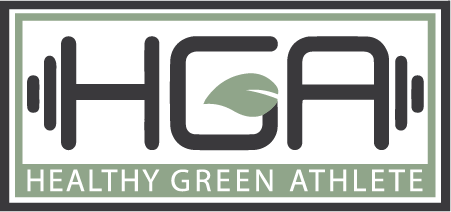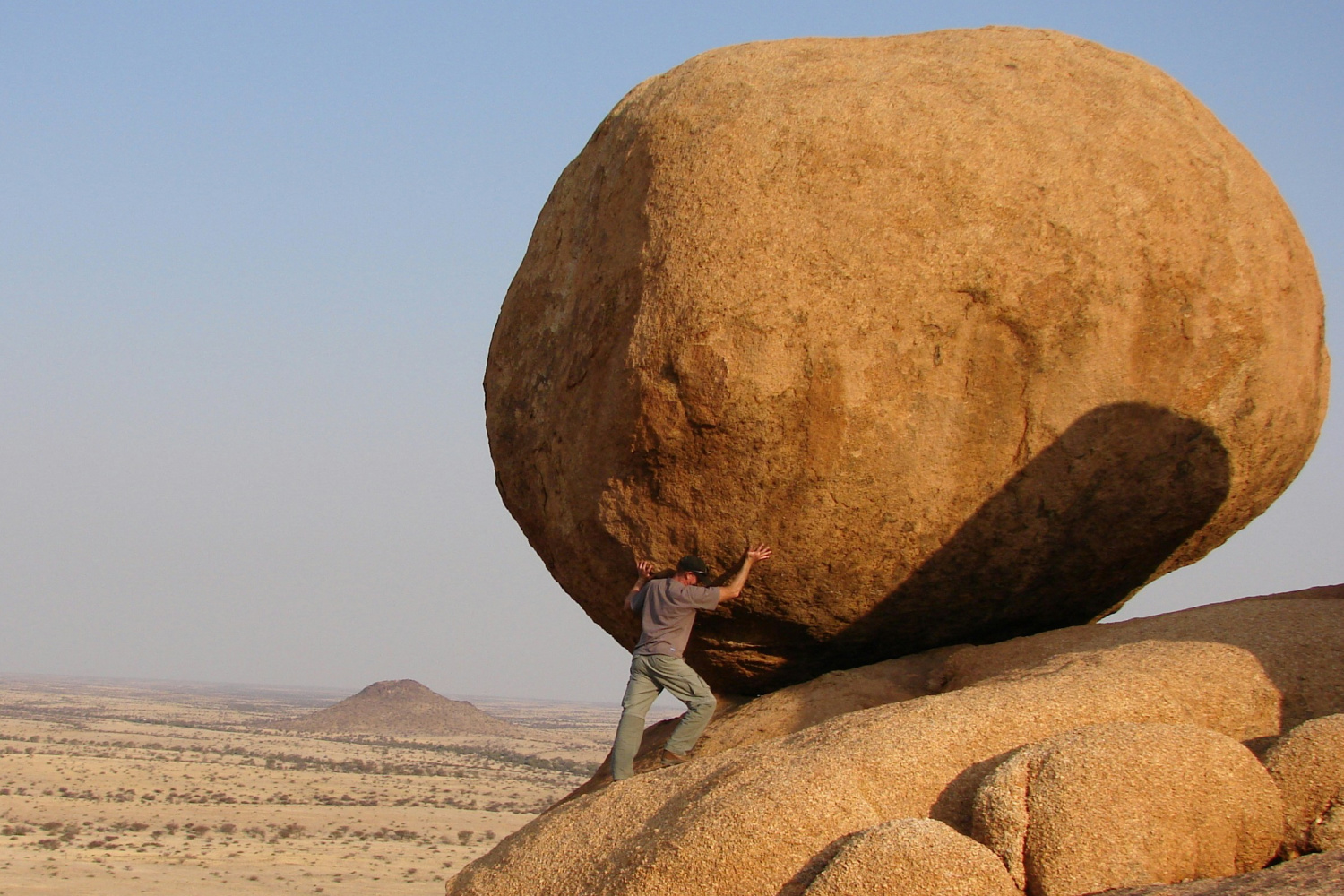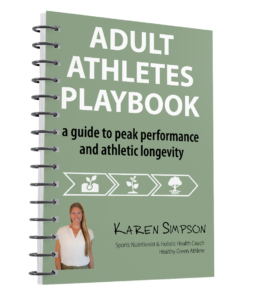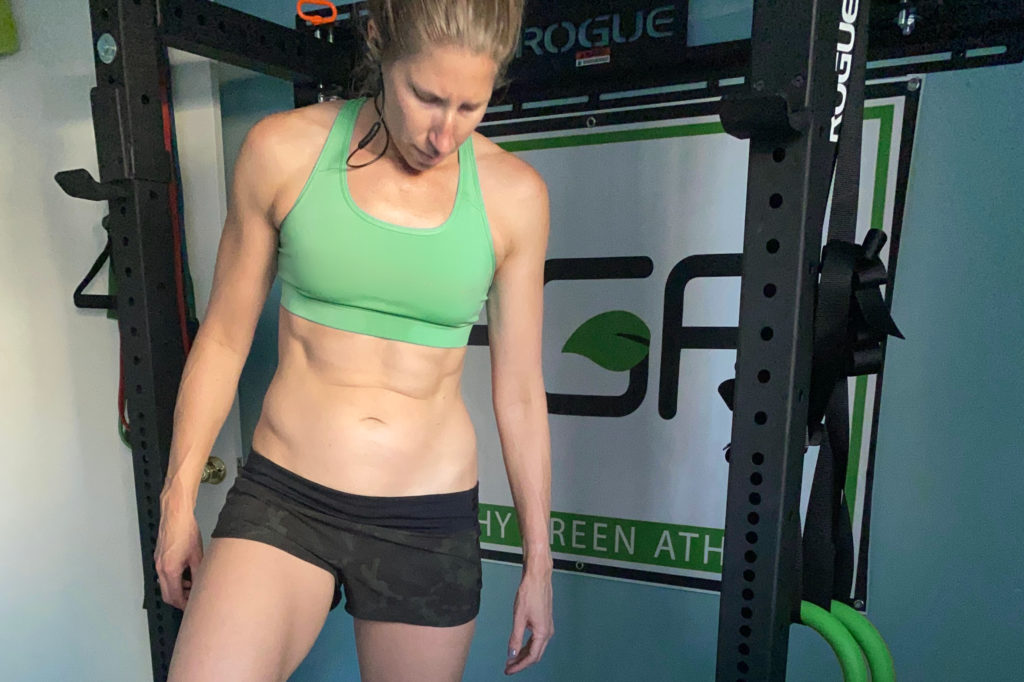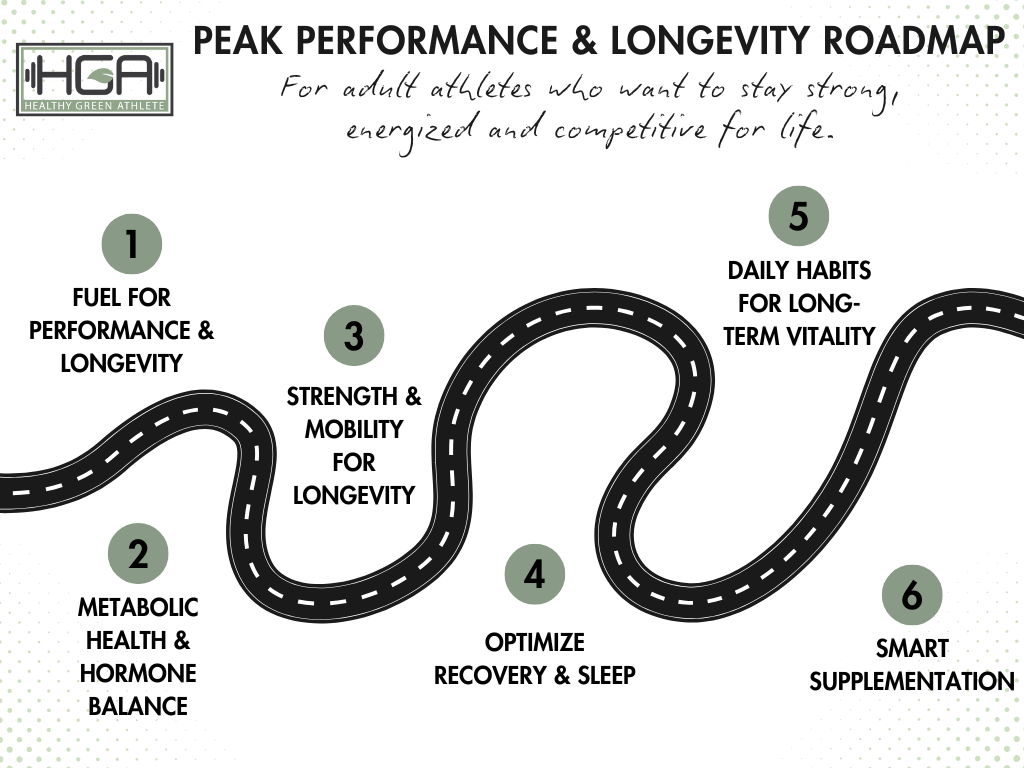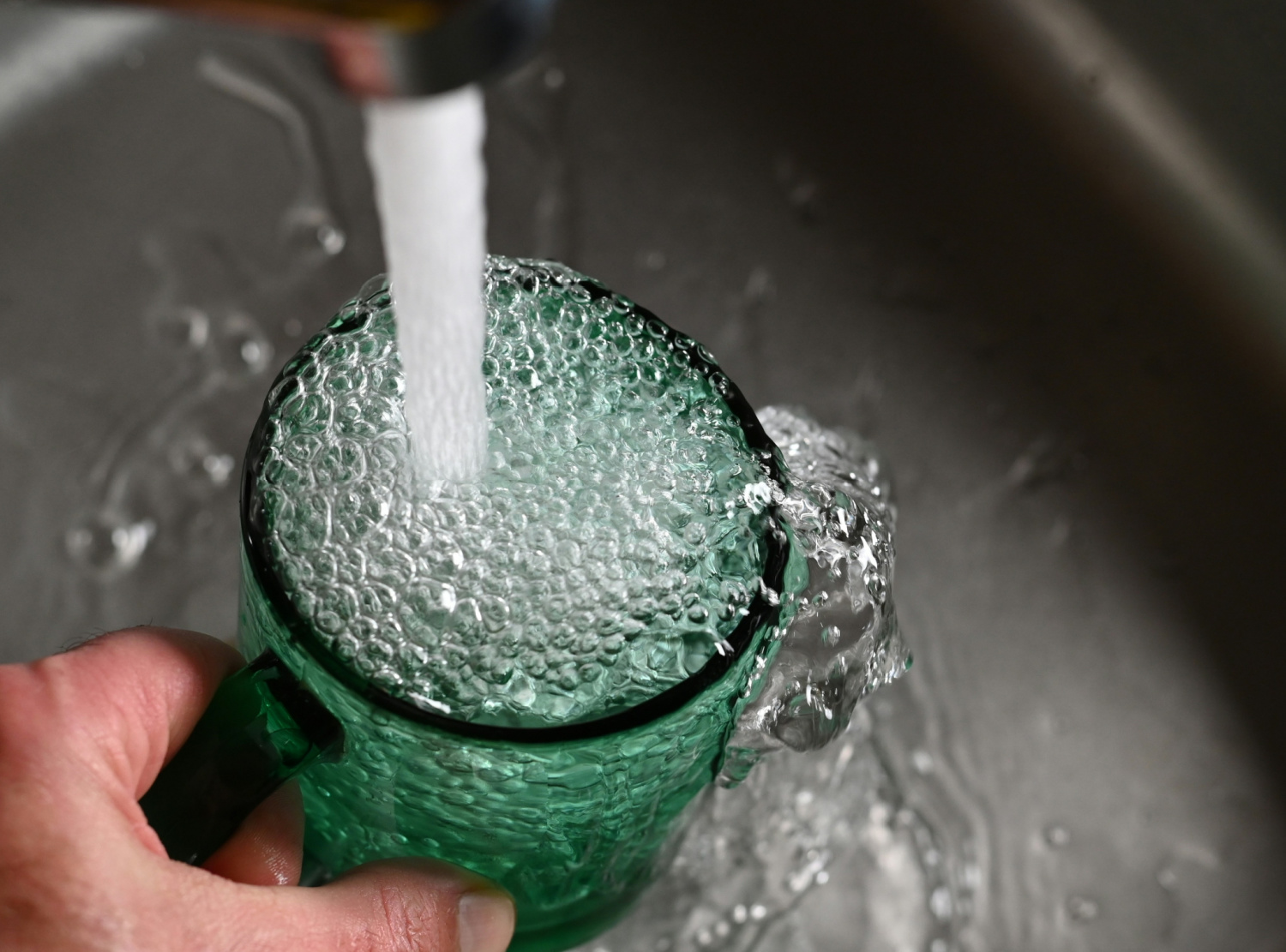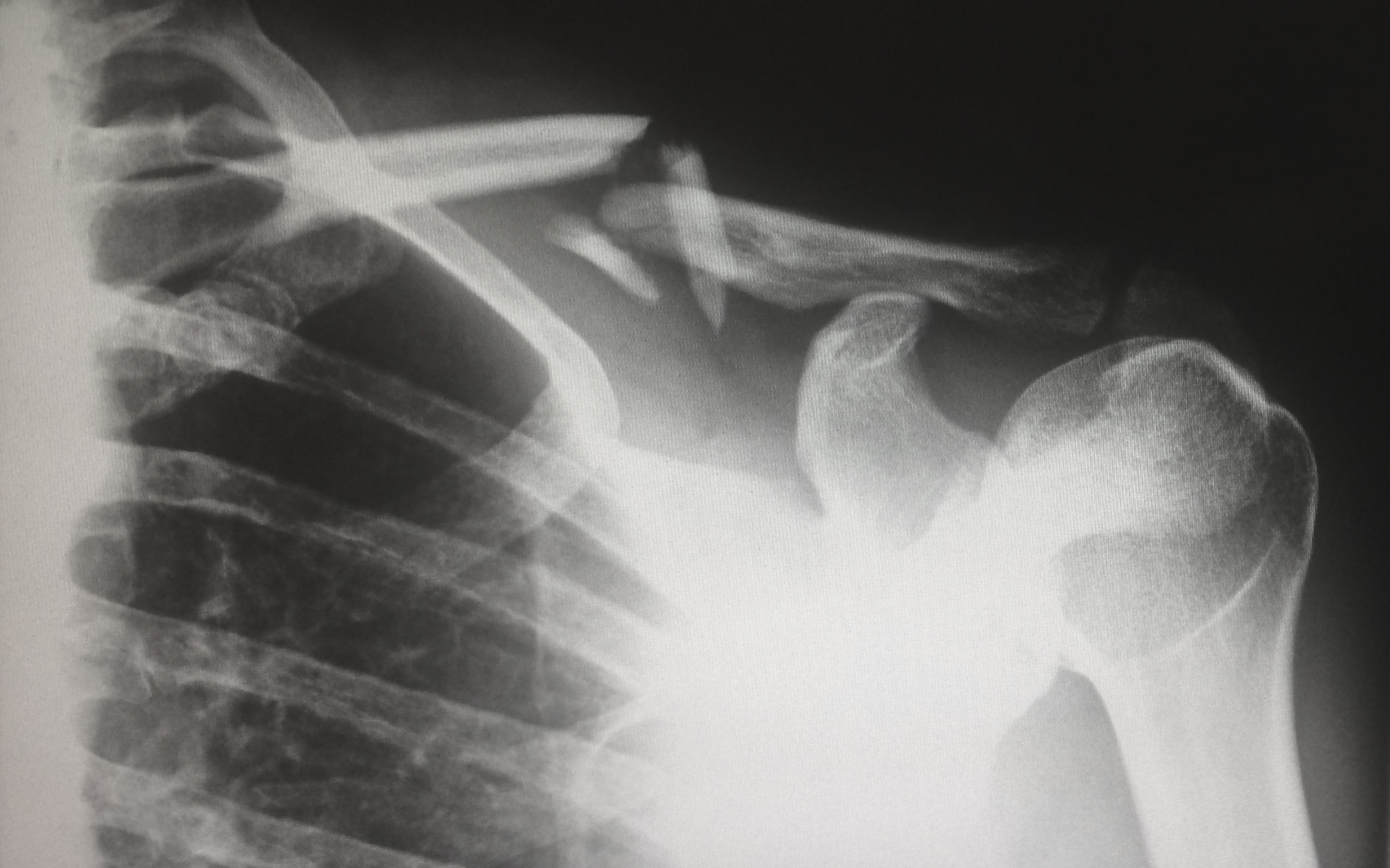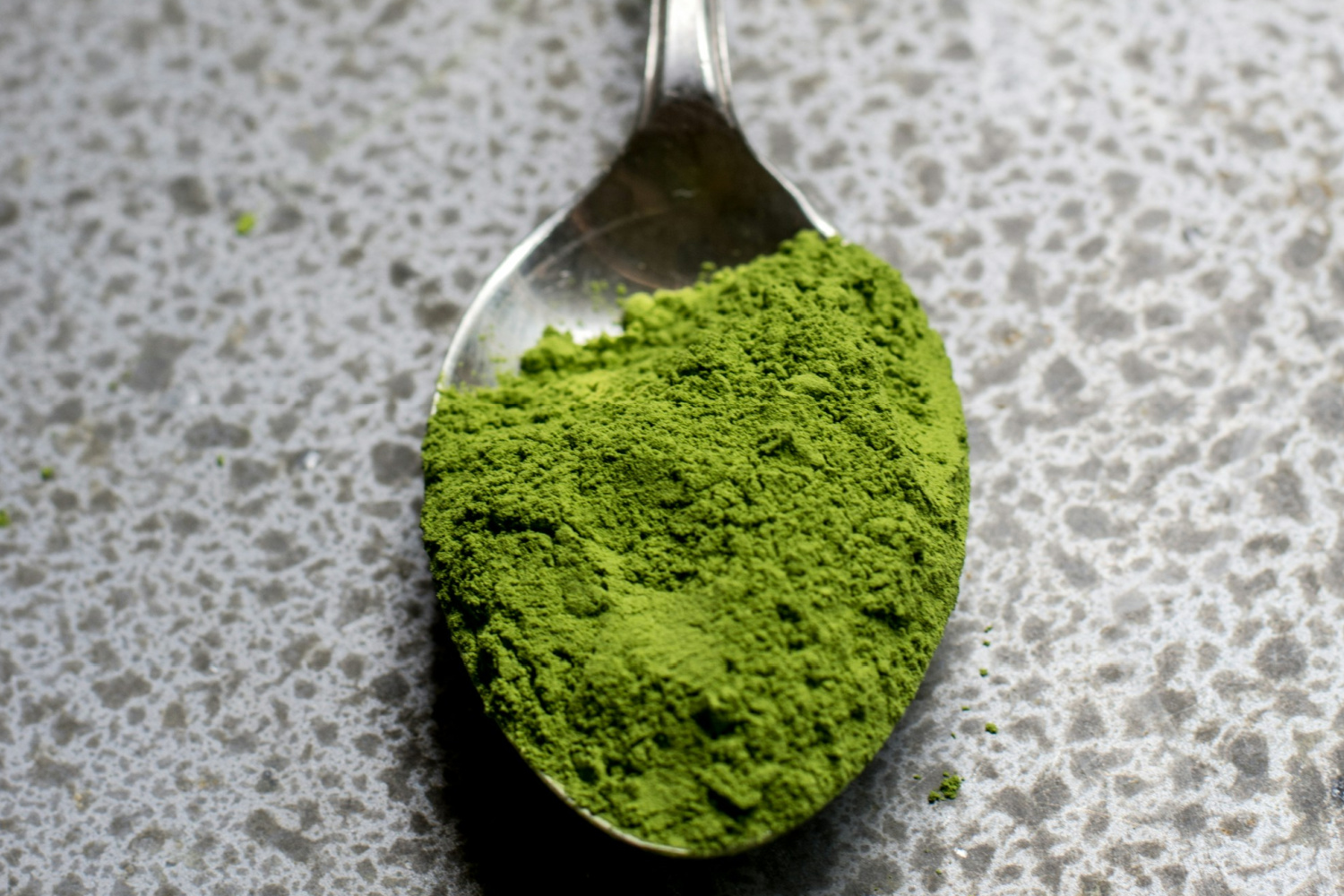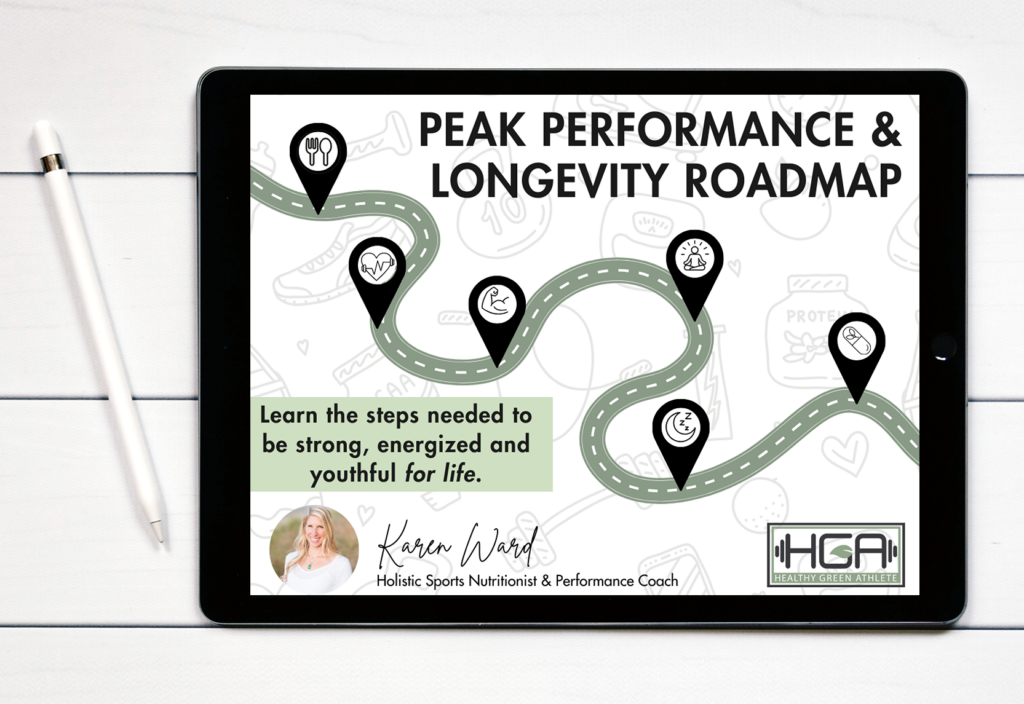Welcome to your guide to strength training for anti-aging—where we ditch the gimmicks and build muscle, resilience, and confidence that lasts.
Aging gracefully sounds cute, but to be honest I’d rather age powerfully.
If you’ve been noticing that recovery takes a little longer, your muscle tone isn’t quite what it used to be, or you’re tired of chasing results with endless cardio and clean eating, you’re not alone. The truth is, your best “anti-aging” tool isn’t in a supplement bottle or on a beauty shelf—it’s on the weight rack.
Why Strength Training for Anti-Aging Works So Well
Muscle mass does way more than help you lift groceries or look good in your favorite jeans. It’s a metabolic engine, a glucose sink, a hormone helper, and a buffer against nearly every aspect of aging.
After age 30, most adults lose 3–8% of their muscle mass per decade (hello, sarcopenia), and this loss accelerates with inactivity or hormonal shifts. The result? Slower metabolism, lower energy, less functional strength, and higher risk of injury.
The fix? You guessed it: strength training for anti-aging.
Here’s what the research says resistance training can do:
- Increase lean muscle mass and reduce body fat
- Improve insulin sensitivity and blood sugar regulation
- Strengthen bones and reduce fracture risk
- Enhance mitochondrial health (your cellular energy factories)
- Improve cognitive function and mood
- Reduce risk of cardiovascular disease and all-cause mortality
So, lifting weights literally helps you age in reverse.
Your Hormones Want You to Lift
Let’s talk about hormones for a sec.
When you strength train, you increase levels of anabolic hormones like testosterone and growth hormone. These play a major role in maintaining muscle, metabolism, libido, and mood.
Even better? Strength training can help lower cortisol (your stress hormone) over time, and boost insulin sensitivity—reducing your risk for stubborn fat gain and fatigue.
Regardless of whether you’re a male or female, if you’re struggling with energy swings, belly bloat, or recovery crashes, don’t blame your age—blame the lack of muscle stimulus. Luckily, that’s fixable with a few dumbbells and some consistency.
How to Get Started with Strength Training for Anti-Aging
Whether you’re already an active person (hello, cyclists, runners, and volleyballers 👋) or brand new to strength work, it’s never too late to begin.
Here’s how to build an effective, sustainable strength routine:
1. Start with the basics.
Focus on compound moves that work multiple muscles at once:
- Squats and lunges
- Push-ups or dumbbell presses
- Bent-over rows
- Deadlifts or Romanian Deadlifts
If you’re training at home, these adjustable dumbbells are a game-changer and won’t take over your living room.
2. Train between 2 and 4 hours per week
More is not better—better is better. You don’t need to be in the gym every day. A few sessions with a focus on progressive overload from week to week will build muscle, protect joints, and support performance.
I’d recommend 1 hour of heavy lifting 3 days per week. But if you don’t have that kind of time, then you can effectively build strength by lifting heavy for 15 minutes 6-7 days per week. Strength training itself is important but what’s equally important is giving your body a chance to recover. During that recovery period is when your body is adapting and reaps the benefits of training.
3. Fuel with protein
Muscle is built in the kitchen too. Aim for 20–30g of high-quality protein with every meal. I love this collagen protein in my smoothies after a lifting session—especially because it supports joints and connective tissue, too.
4. Progressive overload = results
Start where you are and slowly add reps, resistance, or sets over time. This is what signals the body to adapt. Even if you’re only increasing weight every few weeks, you’re still making progress.
Strength Training for Anti-Aging Builds More Than Muscle
Let’s zoom out.
This isn’t just about toned arms and sculpted glutes (though those are nice). This is about functional independence—being able to carry your groceries, lift your kids or grandkids, climb mountains (or stairs), and feel capable for decades to come.
Strength training for anti-aging improves balance, coordination, and proprioception—especially important if you enjoy activities like trail running, skiing, hiking, or paddleboarding.
It also reduces injury risk by strengthening connective tissues and stabilizing joints. That means fewer rolled ankles, tweaked backs, or lingering injuries from your weekend adventures.
Tools & Recovery for Long-term Success
If you want to keep training for life, recovery has to be part of the plan.
- Foam roller - great for mobility and muscle recovery
- Resistance bands - perfect for activation work and light strength training
- Creatine - supports muscle building, brain health, and endurance recovery
- Clean protein powder - supports development of lean muscle
- Mobility exercises - helps you stay limber, reduces soreness and helps you move better
Common Myths (That Need to Be Retired)
Let’s clear up some common misconceptions:
🚫 “I don’t want to bulk up.”
Trust me—building serious muscle is a slow process, especially without a massive calorie surplus. What you’ll gain is tone, strength, and metabolic firepower.
🚫 “I’m too old to start.”
Nope. A landmark study by Fiatarone et al. (1994) showed that even adults in their 70s and 80s can gain strength, improve balance, and build muscle mass with resistance training.
🚫 “I already do cardio, so I’m good.”
Cardio is awesome for heart health and endurance, but it won’t maintain muscle mass or improve bone density the way strength training does. Even if you’re an endurance athlete, you still need to include strength workouts into your training. This will help to avoid injury, delay aging and will even help to improve your performance.
Final Thoughts: Aging strong is the new aging gracefully
Aging doesn’t have to mean slowing down. It can mean leveling up.
When you prioritize strength training for anti-aging, you’re investing in a stronger, more capable version of yourself—one who plays hard, recovers well, and moves with purpose.
You don’t need fancy equipment or hours at the gym. You just need a plan, some consistency, and maybe a little encouragement (that’s where I come in).
Need help getting started? Check out Athlete for Life—my monthly coaching group for adult athletes who want to train smarter, recover better, and stay strong for life.
Let’s build something that lasts. 💪
